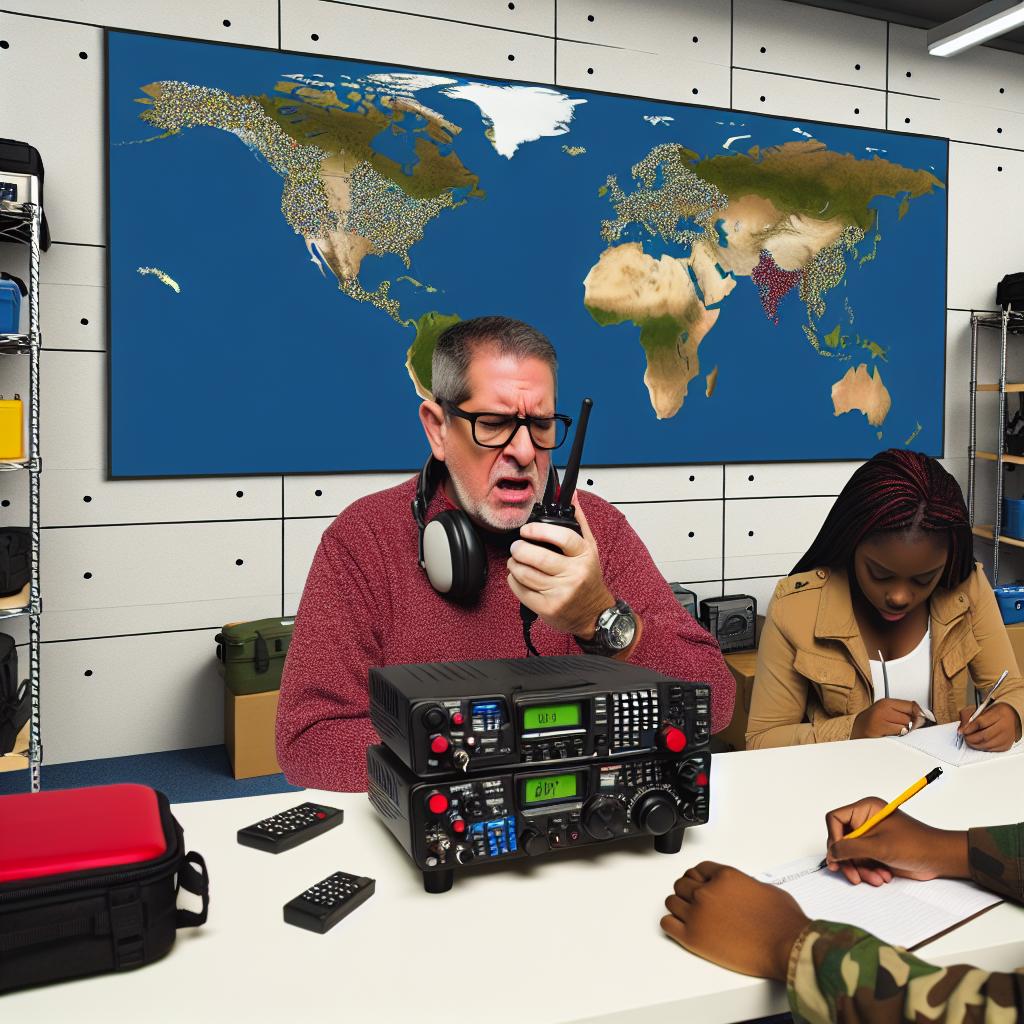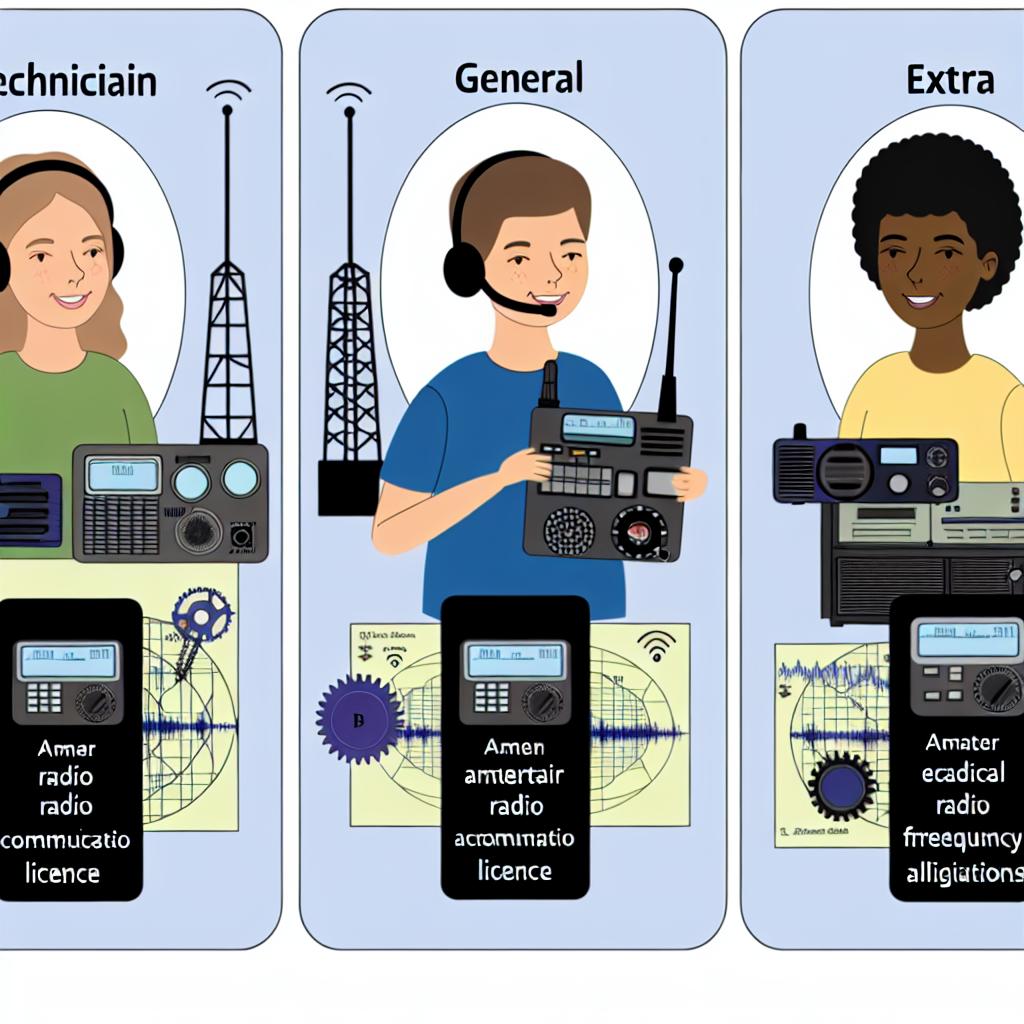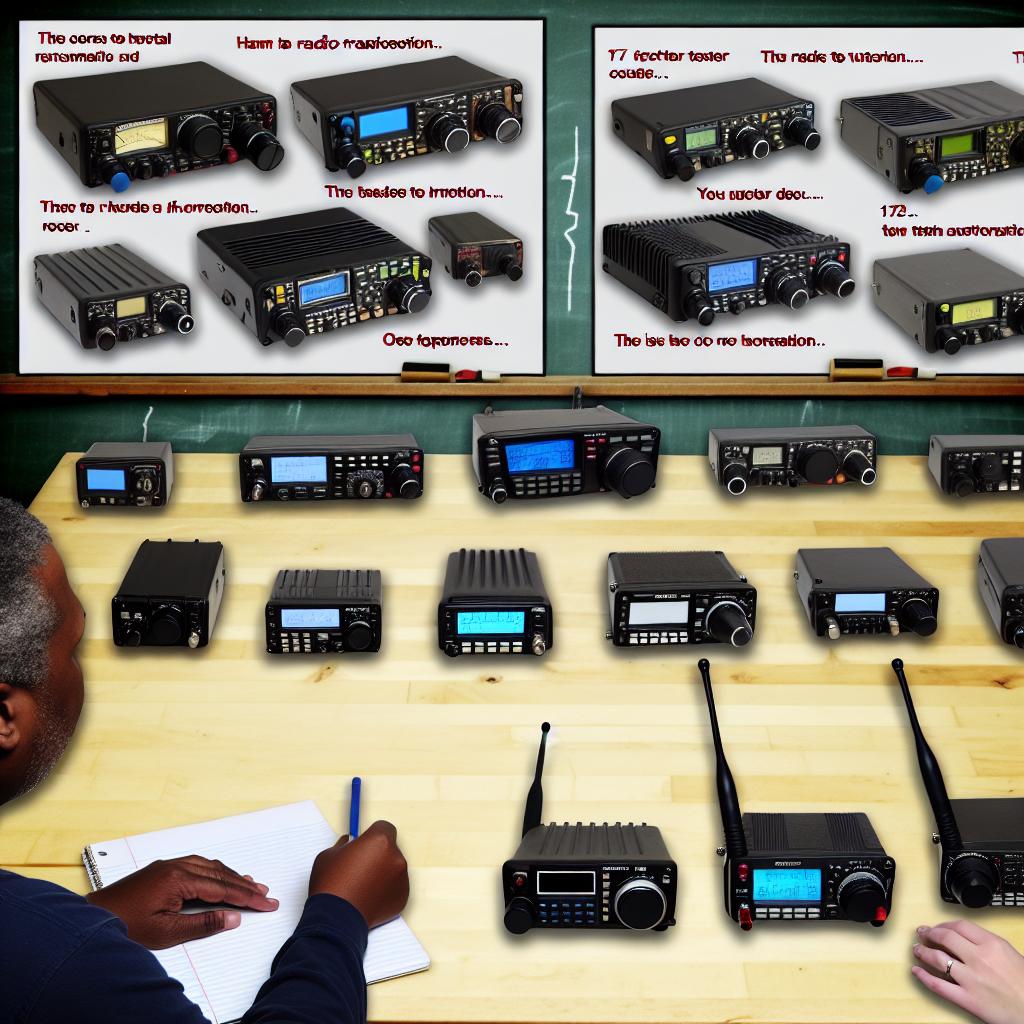The Role of Amateur Radio in Disaster Preparedness
Amateur radio, commonly known as ham radio, serves a crucial function in both disaster preparedness and response strategies. This mode of communication is particularly significant due to its ability to operate independently of conventional telecommunication networks, proving invaluable when such systems fail during natural disasters or infrastructure breakdowns.
Understanding Amateur Radio
Amateur Radio as a Hobby and Service
Amateur radio is not merely a communication tool but also a hobby and a public service. Enthusiasts, known as radio operators or “hams,” are licensed to use specific frequencies to communicate worldwide. These individuals are volunteers who undergo training to ensure they can provide essential communication support when emergencies arise.
Licensing and Regulations
Participation in amateur radio requires obtaining a license, which involves passing an examination to demonstrate understanding of radio operation, regulations, and basic electronics. This licensing process ensures that operators are knowledgeable and capable of managing communications during critical situations effectively.
Communication During Disasters
Challenges with Traditional Networks
In times of disaster, conventional communication networks, including cellular and internet services, may become overwhelmed, non-functional, or completely destroyed. Such failures emphasize the need for alternative communication methods, such as amateur radio, which can function independently of these networks.
Ad-hoc Communication Networks
Amateur radio operators possess the ability to establish ad-hoc communication networks using compact and transportable equipment. These networks are crucial for providing continuous lines of communication that can facilitate disaster response and recovery operations. Operators utilize a variety of techniques and technologies, such as voice, data, and even digital communications, to maintain contact and share information over vast distances and difficult terrains.
Emergency Services Coordination
Collaboration with Authorities
Amateur radio operators frequently work in partnership with emergency services, local governments, and humanitarian organizations. Their role involves establishing communication channels that are vital for coordinating search and rescue operations, effectively distributing resources, and conveying important emergency messages. In numerous instances, amateur radio operators are integrated into official emergency response frameworks.
Community Engagement
Local Training and Drills
Beyond their technical aid, amateur radio operators engage with their communities by conducting drills and training sessions. These initiatives are part of a broader grassroots effort to bolster community preparation, ensuring that residents are well-versed in communication procedures and crisis responses. Furthermore, these events contribute to forming a network of adept individuals who are prepared to lend support when required.
Advantages of Amateur Radio
Independence from Infrastructure
One of amateur radio’s most significant advantages lies in its autonomy from established infrastructure such as commercial power grids. Radio operators are equipped to utilize battery-operated devices, and some radios offer compatibility with alternative power sources, including solar panels and generators. This adaptability is particularly advantageous in the unpredictable conditions often associated with disasters.
Interoperability
Cross-Organizational Communication
A unique feature of amateur radio is its ability to facilitate communication among various organizations and across different regions. Radio operators are capable of interacting effectively with multiple agencies, notwithstanding disparities in equipment or communication protocols. This capability is especially useful in large-scale disasters that impact a wide geographical area, where maintaining coherent communication links is challenging.
Resilience and Reliability
Decentralized Network Benefits
Amateur radio systems boast a decentralized structure, enhancing their resilience to disruptions. Unlike centralized communication systems, which risk complete failure due to a single point of disruption, amateur radio operates on a network whereby communication can persist even if certain segments become compromised. This robustness forms the backbone of many disaster communication strategies, ensuring continuity and reliability despite adverse conditions.
Conclusion
Amateur radio is a vital component of disaster preparedness strategies globally, proving to be indispensable in supplying steadfast communication when other infrastructure is incapacitated. By cultivating a community of skilled, dedicated operators ready to assist during crises, amateur radio continues to affirm its critical role in safeguarding and aiding communities affected by disasters. This vital service not only enhances immediate response workflows but also contributes to long-term recovery and resilience-building efforts, underscoring its ongoing relevance and value.



